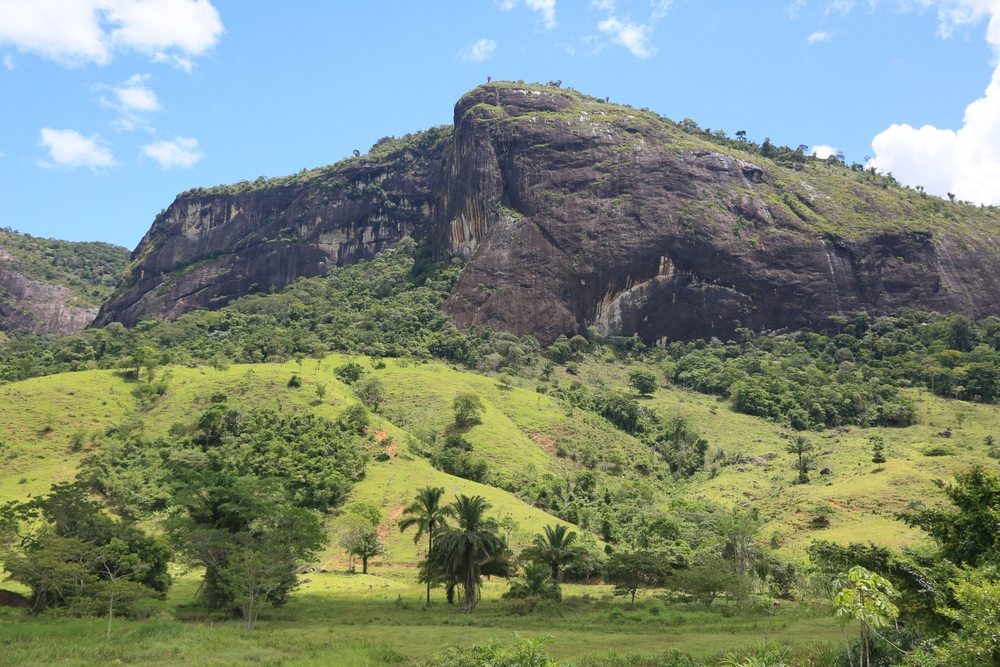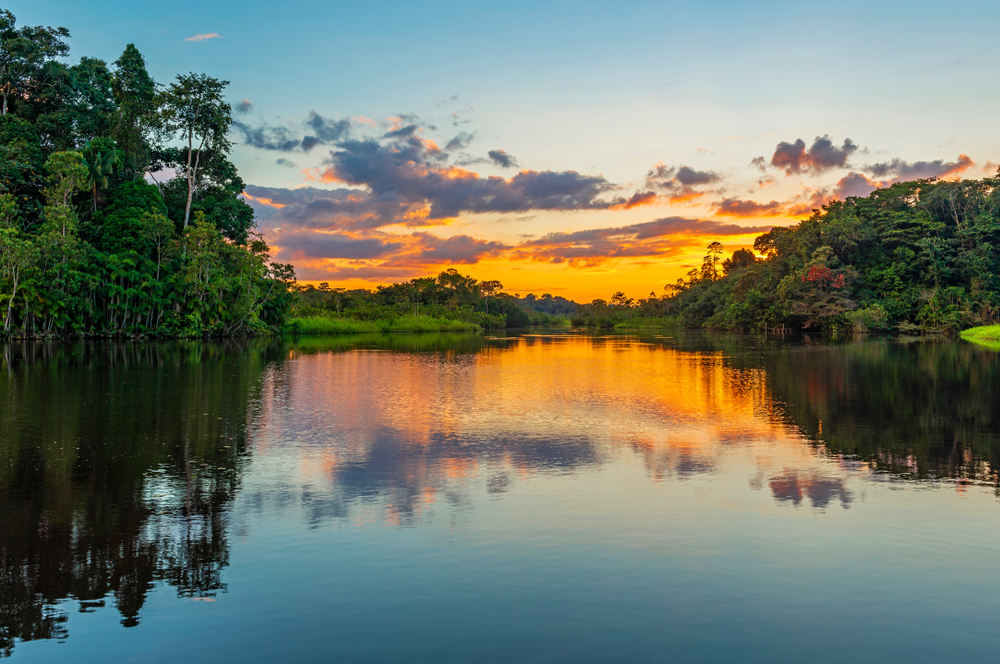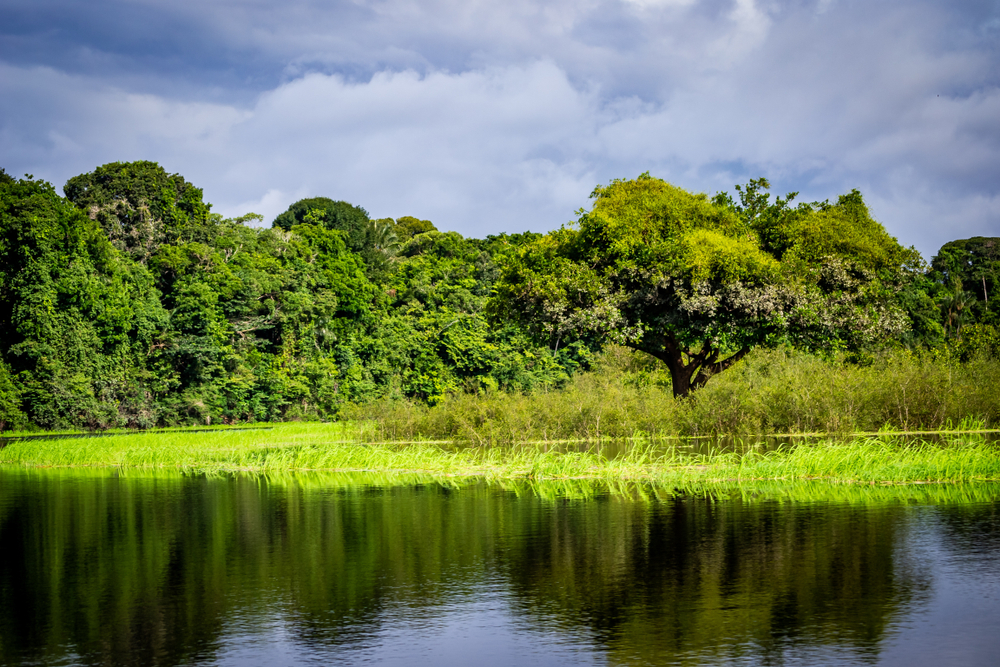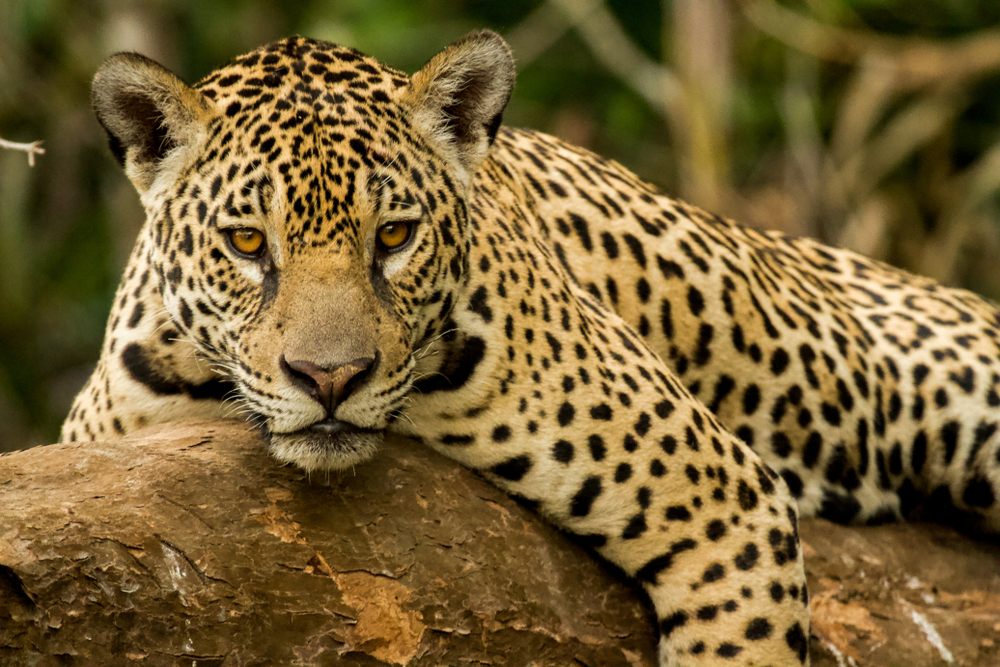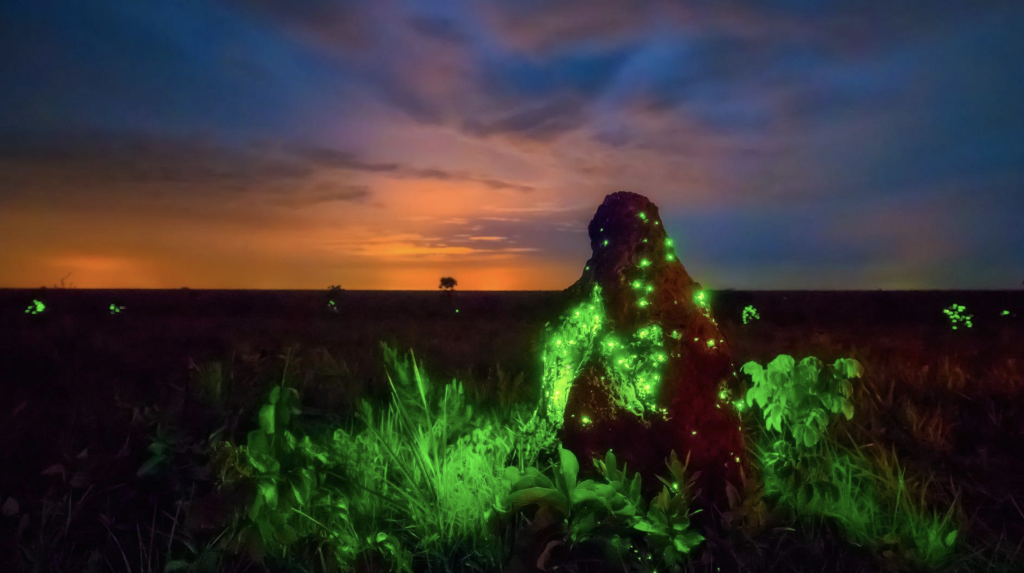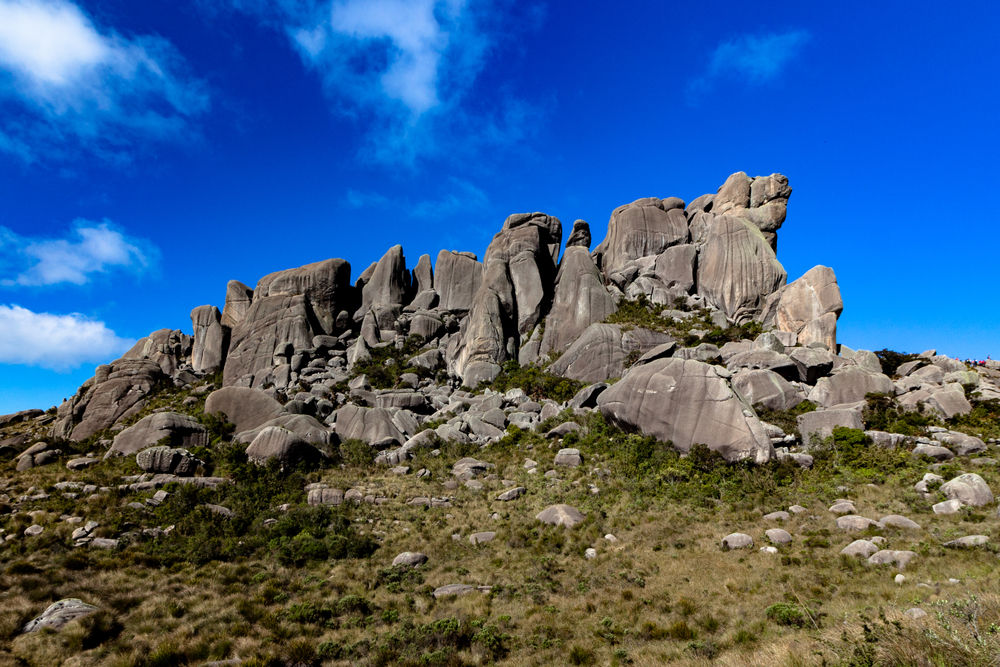Araucárias Overview
Araucárias National Park, or Parque Nacional das Araucárias in Portuguese, is a protected area in the southern region of Brazil, located in the state of Santa Catarina. The park spans an area of approximately 47.8 square miles, or about 123.2 square kilometers.
It is situated near the municipalities of Ponte Serrada and Passos Maia, within Brazil’s Atlantic Forest biome. Established to protect the remnants of the Araucaria moist forest, a unique and endangered ecosystem, the park is named after the Araucaria angustifolia tree, commonly called the Paraná pine, which once dominated the highland forests of southern Brazil.
The terrain within Araucárias National Park is composed of gently rolling hills, plateaus, and river valleys, with altitudes ranging between 800 and 1,400 meters. The landscape features a mixture of open grasslands, forested areas, and wetlands, reflecting the ecological diversity of the southern plateau region.
The Araucaria trees tower above the forest canopy, their distinctive umbrella-like shape standing out against a backdrop of dense, mixed rainforest species like imbuia, canela, and erva-mate. The forest floor is rich with ferns, bromeliads, and orchids, especially vivid during the blooming seasons, while numerous small streams and rivers weave through the park’s terrain, feeding into the Chapecó and Chapecozinho Rivers.
Wildlife in the park is varied, including species both endemic and endangered. Among the key mammals are the maned wolf, the ocelot, and the brown howler monkey. The park also provides habitat for smaller animals such as armadillos, coatis, and agoutis.
Birdlife is abundant, drawing birdwatchers from across the country. Notable species include the vinaceous-breasted amazon, the bare-throated bellbird, and the helmeted woodpecker—several of which depend on the remaining araucaria forests for survival. Amphibians and reptiles also inhabit the moist understory and riparian zones, adding to the region’s biodiversity.
One of the most popular features of Araucárias National Park is its peaceful, secluded environment, which offers opportunities for hiking, wildlife observation, and nature photography. A small network of trails allows visitors to explore the park on foot, including routes through forested areas and viewpoints overlooking valleys and rivers.
Educational signage and designated observation areas help visitors appreciate the ecological value of the park. Camping is not permitted, which helps preserve the quiet, untouched atmosphere of the area.
Conservation efforts in Araucárias National Park are focused on protecting one of the last significant fragments of the Araucaria moist forest, an ecosystem that has been reduced to less than 3% of its original range due to agriculture, logging, and urban development.
Managed by the Chico Mendes Institute for Biodiversity Conservation (ICMBio), the park has seen successes in curbing illegal activities and promoting scientific research. However, challenges remain, especially from encroaching land use and the need for increased ecological connectivity with nearby forest patches.
Community outreach and environmental education are vital tools being used to strengthen long-term conservation outcomes for both the forest and its wildlife.
Park Map
Araucárias National Park Highlights
Share your clicks with us
Sources
- Header Image Credit: https://www.gov.br/icmbio/pt-br/assuntos/biodiversidade/unidade-de-conservacao/unidades-de-biomas/mata-atlantica/lista-de-ucs/parna-das-araucarias











































































